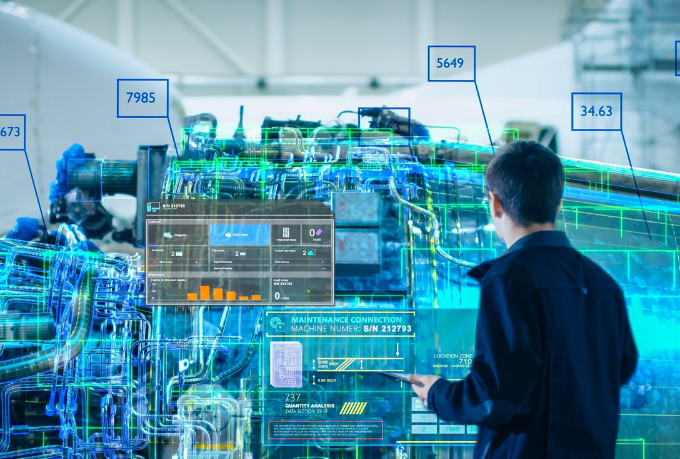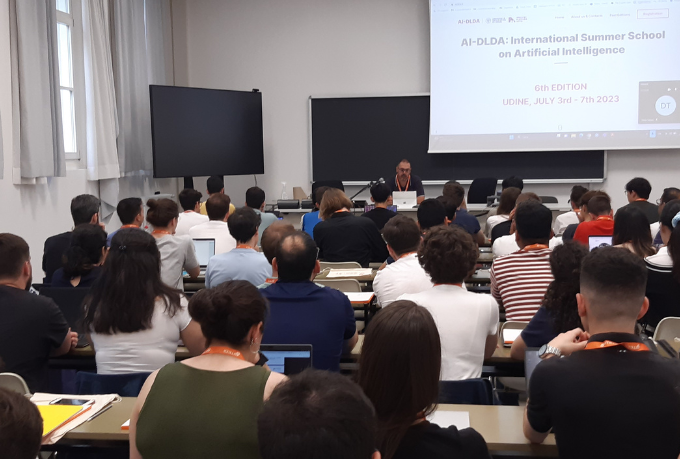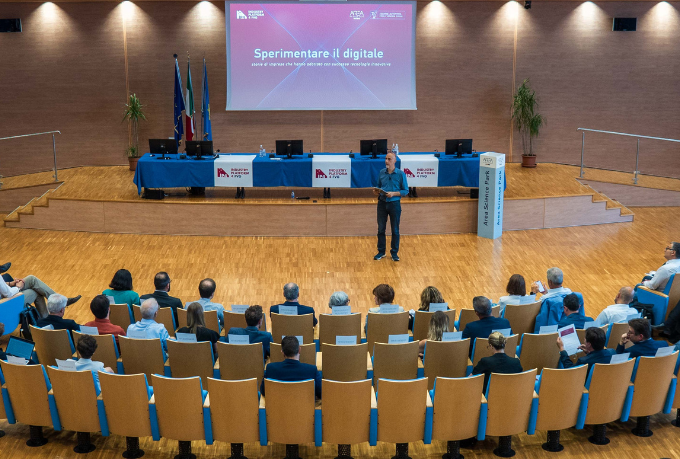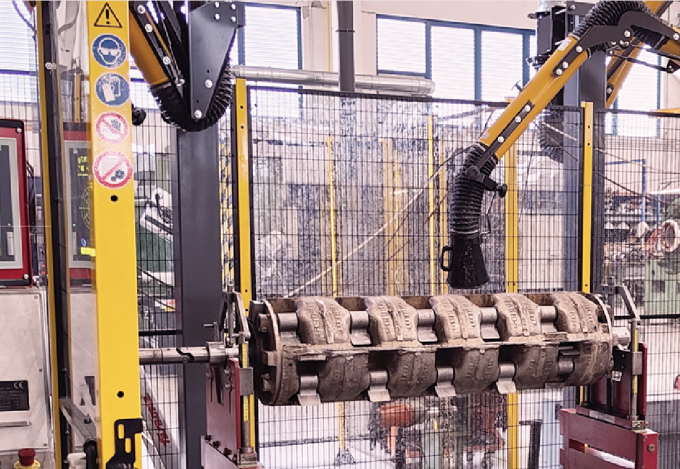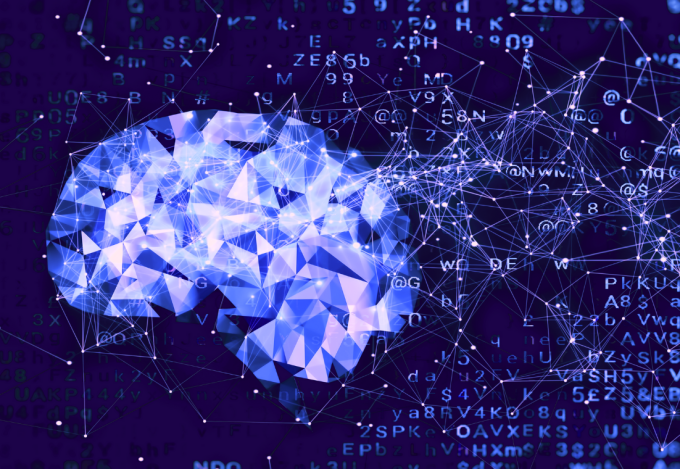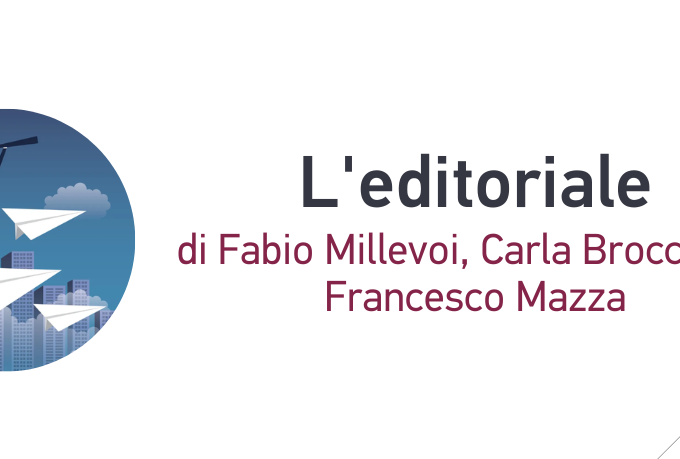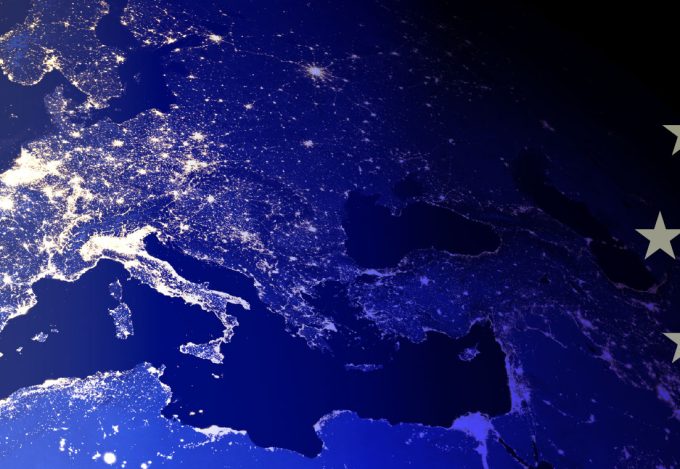
6 September 2023
Innovation models: from Italian otherness to why we innovate*
By Luca De Biase
* Taken from the book “Eppur s’innova. Viaggio alla ricerca del modello Italiano” by Luca De Biase – published by Luiss University Press
Let us start with a fact. All international statistical analyses used to determine which countries are the most innovative rank Italy at the bottom. Italy is consistently among the last in the context of developed countries when it comes to standard indicators used to assess innovativeness, such as research funding, patents, presence of venture capital, and digital skills. Yet, Italian exports are doing well, they have even increased in times of general crisis, as has been the case since 2009. Sill on the exports front, the 2020 pandemic crisis was well overcome as early as 2021.
How can this be explained? Two alternative assumptions may be made: Italian companies either export “old” products or have their own way of innovating that is not recorded by standard international indicators. Considering the first assumption possible, this book will focus on exploring the second assumption.
(…)
One of the lessons from history that helps us to outline a balanced perspective reminds us that the role played by innovation throughout major transformations has ensured the ability to adapt to changing circumstances and look for solutions that can lead to overall improvement.
At a time in history when pandemic, war and scarcity of material goods (from raw materials to semiconductors), which challenge much of the international community, are added to the great challenges of our time, such as climate change and social inequality, innovation can generate confidence and hope. Provided, however, that society is aware of the direction it endeavours to follow along the innovation path, i.e. “why” innovate.
In this context, innovation is valued not so much for the wealth it generates or the technology it improves, but for the social, cultural, and ecological outcomes it produces over the long term to which the value of sustainability is dedicated.
Hence the raison d’etre of many innovation models. And seeking alternative sources is strategically important.
ITALIAN OTHERNESS
For over a thousand years, Italy as seen from the outside has elicited opposing views. Admiration and criticism, hope and disappointment, desire and suspicion. Since at least the thirteenth century, if not before, Italian trade, manufacturing, finance and soft power have not ceased to make themselves known in Europe, along with the fragility of the tiles that make up Italy’s political mosaic.
(…)
Today, so many international observers, and other individuals, find it hard to understand how Italy can possibly bear the weight of its debts and structural inefficiencies while tens of millions, every year, from every corner of the planet buy its products and look forward to visiting it.
Why recall these experiences? Keeping historical continuity in mind is always a useful practice if one seeks to understand change. Awareness of long-lasting phenomena enriches the perspective needed to focus on the future: in a time of great transformation, it is wise to ask oneself how far change will go. And specifically, it is fair to ask oneself whether the wave of global renewal that characterises this beginning of the new Millennium is such that it requires Italy to conform,changing its centuries-old habits or whether it is, on the contrary, an opportunity to lend value to its differences.
Or maybe both.
(…)
Although these kinds of mixed reactions come as no surprise regarding criticism against Italy, often proving unimportant, they are becoming ever so poignant. Because the facts of these twenties of the new Millennium suggest that the relationships of collaboration or misunderstanding and the (political and economic) interdependencies between the communities that populate the different territories of the planet are becoming more and more important for imagining the fate of each of them, precisely because the next decades will be crucial for finding out whether humankind will be able to mitigate the climatic and social consequences of the old development model. And to achieve this, a strong innovation drive, strong cooperation, and growing mutual trust will be required. Now then: will Italy rank among those who offer solutions or among those who create problems? Among those who unite or divide? Among those who generate or are hit by innovation?
After the pandemic, these questions are not mere curiosities. Today, innovation is no longer driven only by the need to compete in marketplace, for it must be viewed as a contribution that needs to be made to meet the climate and social challenge of these coming decades. Indeed, understanding whether and how a system innovates is not only a way of finding out whether it declines or thrives, but above all it means assessing whether it contributes to overcoming the problems affecting the entire planet.




